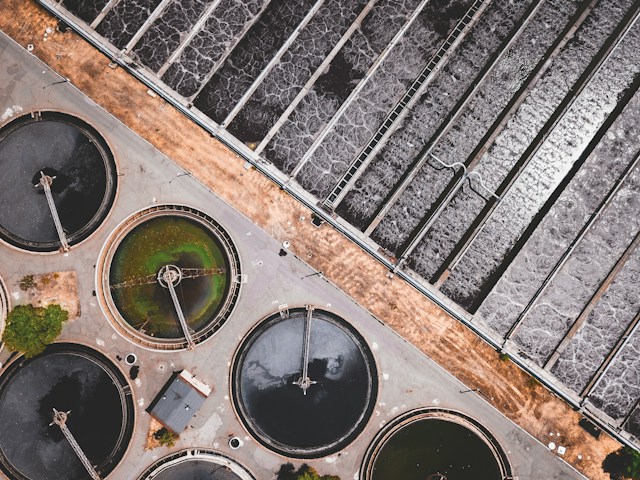Frequently asked questions about spandex fabric may include the material’s durability, elastic properties, and environmental impact. There are also several questions about the history and production process of spandex.
History
Before spandex was invented, natural rubber was used in elastic. It was also used for war equipment. However, rubber was expensive and unstable.
In the 1930s, DuPont began researching synthetic elastic fiber. They imagined a body-fitting fabric made of spandex. It was later named ‘Lycra.
In the early 1940s, DuPont scientists developed the first nylon polymers. They also started working on synthetic rubber replacements. However, these needed to be more elastic. So DuPont scientists began working on making early nylon polymers more elastic.
Joseph C. Shivers, a textile scientist at DuPont, invented spandex in 1958. He worked at DuPont’s Benger Laboratory in Waynesboro, Virginia.
Shivers used a mixture of fibers to create a stretchy strand. He also used magnesium stearate to treat the fibers. The finished fabric was then dyed.
Elasticity
Often called elastane, black spandex fabric is a synthetic, lightweight elastic fabric. It is manufactured from polyurethane and is used in many clothing and textile products. Among its uses are underwear, swimwear, sportswear, and tights. Its fibers are also used in rollerblade wheels, paint, and coating projects.
The fibers have excellent wear and tear resistance but can also be susceptible to chemical degradation. They are also prone to fading in washers and dryers.
Spandex has high flexibility and strong stress resistance. Additionally, it doesn’t diminish. It has strong chemical and acid/alkali resistance and is abrasion resistant. Additionally, it is water resistant well.
Spandex is a lightweight, smooth synthetic fiber. It is used for various purposes and is often blended with other natural fibers. Its elastic properties make it ideal for use in clothing, and it has a good range of motion.
Spandex fibers are very light and can be stretched as much as 500% of their length. They also have a very high elongation at break. They are also more adaptable than rubber. They are very flexible and can be used in knitted fabrics to make them stretchy.
Prepolymers used to make spandex fabric
Polyurethane has exceptional stretch and elasticity, an essential component of spandex. It is a synthetic polymer that is used in clothing and other types of textiles. In Europe, it is also referred to as elastane. However, it goes by the name spandex in North America.
A variety of preparation processes are used to make spandex. One of the most popular is solution dry spinning. This method makes 90% of the spandex fibers produced worldwide.
Another preparation method is reactive spinning. This method uses a spinning machine to produce filaments framed by compressed air. These filaments are then wound onto spools. Typically, these filaments are a blend of various sizes.
Prepolymers are used in the process of making spandex fiber. They are used as stabilizers to protect the polymer’s integrity and prevent discoloration caused by atmospheric pollutants. They also make the fabric look attractive.
A prepolymer is a reactive intermediate between the monomers of isocyanates and polyurethane polymers. These prepolymers are typically derived from polyols with significant secondary hydroxyl groups. However, a prepolymer derived from oxyalkylene diols is also known.
Washing spandex clothing
Using the correct method is essential to ensure the garment maintains its elasticity. You should not use a laundry machine or harsh cleaning products to wash spandex garments. They can destroy the fibers.
The best method for washing spandex clothing is to use a mild liquid detergent. Be sure to use a detergent that does not contain chlorine bleach.
Using baking soda to neutralize odors works well. It works by raising the pH level of the water and dissuading odor-causing bacteria from growing.
The most efficient method of washing spandex clothing is lukewarm water and a mild detergent. It would be best to use a mesh bag when washing spandex. It will prevent the garments from wrinkling or twisting.
If you need to remove a stain, be sure to use a stain remover. The best stain removers are oxygen-based and will terminate the color without causing side effects.
Use a mild detergent with no chlorine bleach for the most outstanding results in keeping stretchy garments spotless. For example, WIN Sports Detergent is formulated to treat synthetic materials and can be used with lukewarm water.
Environmental impact
Despite being considered a very comfortable fabric, the environmental impact of spandex is significant. Spandex is manufactured with petroleum, chemicals, and synthetic dyes. In addition, it’s often blended with polyester and nylon.
Petroleum, a non-renewable resource, causes large amounts of methane emissions. Potent greenhouse gas methane has a role in global warming. The production of synthetic fibers emits more greenhouse gasses per kilogram than cotton.
Synthetic dyes are also problematic. They can interfere with plant growth and disrupt aquatic life. Unfortunately, it’s also possible for synthetic dyes to make their way into the food chain.
The production of spandex uses synthetic dyes, which can be a contaminant of water. Also, synthetic dyes can enter the food chain, damaging aquatic life.
Using a sustainable fabric can help reduce the environmental impact of spandex. Buying clothes made of recycled materials is a great way to help.




